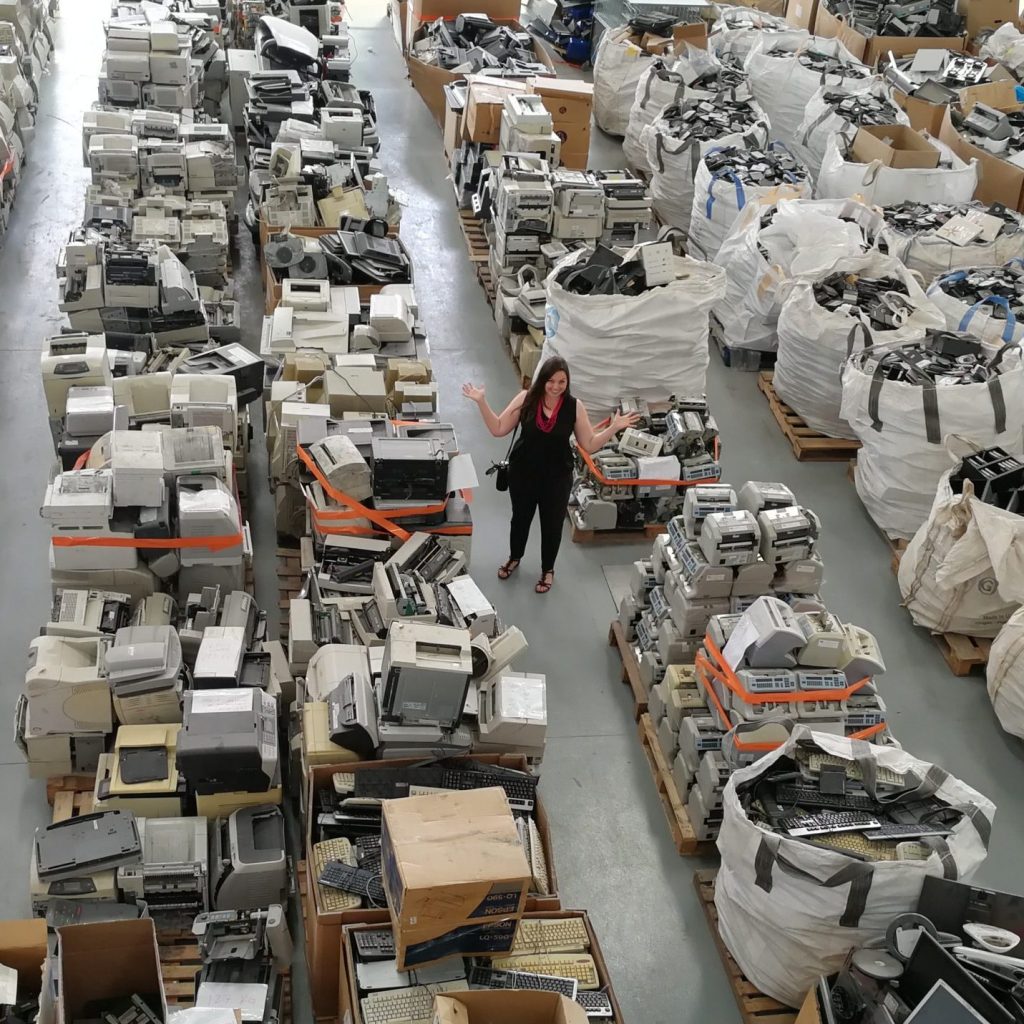4 Ways to Minimise Your Carbon Footprint at Home

Our activities at home can negatively impact the environment. According to a Springer article, lots of people have been making the necessary lifestyle changes to help minimise their carbon footprint. Although they may seem small, changes like refusing single-use disposables, reducing household energy consumption, and recycling paper, cardboard and aluminum products can help mitigate climate change.
As it stands, the Springer article shared that households make up 58% to 72% of the total global emissions. This can be exemplified by direct emissions like using fossil fuels as your home’s primary energy source. Otherwise, indirect emissions can come from using goods that are made of plastic.
Making better choices at home, like following the 5R’s (refuse, reduce, reuse, recycle and rot), is imperative if you want to reduce your carbon footprint. So with that in mind, here are four ways that can help you get started:
- Reduce your household waste
Our previous post on ‘What is Zero-Waste?’ discussed how your household waste can easily end up in landfills or polluting water streams. Discarded items such as cleaning agents and plastic containers produce GHG (greenhouse gasses) emissions. Thankfully, you always have the option to reduce your waste. First, you can segregate your trash according to organic waste, e-waste, non-recyclables, and recyclables. Recyclables isn’t an umbrella term for all glass, paper, and plastic products. You can only throw aluminum cans, glass bottles, paper and some selected plastics (depending on your council) here. Meanwhile, take note that kitchen scraps can be composted, which is ideal if you have a garden at home or a community garden close by. For non-recyclables like old clothes, you can search for second-hand stores or shops with take-back programs. Otherwise, join a local Buy Nothing group to check if they can possibly gift the item you want to discard or recycle. Doing so will ensure your items can still be reused and that your home is as waste-free as possible.
- Purchase energy-efficient appliances
The constant use of appliances could heighten household consumption. However, using electrical appliances is unavoidable. As such, vet which ones are energy-efficient. For starters, consider energy-saving light bulbs that produce light from solid matter instead of gasses. LED lights utilise a diode semiconductor, which allows electricity to pass through it. Similarly, you can also choose a washer that can clean clothes in one load. The appliances we’ve mentioned are only a few you can use for your home. So it’s important that you do your research on other energy-efficient products you can use around the house. And although this goes without saying, it’s important to switch off or unplug appliances when they aren’t in use.
- Adapt climate-friendly consumption habits
Changes in your consumption habits or diets can go a long way in protecting our planet. Currently, meat and dairy production uses a lot of energy, land, and water. However, those products are continuously in high demand across different households. A study on ScienceDirect illustrated that the food waste these products generate accounts for 8% of global GHG emissions. The good news is that more and more people have been focusing on plant-based protein sources in response to that grim reality. Dairy product alternatives and low-carbon proteins don’t require a lot of methane in their production, so consider reaching for these items the next time you go grocery shopping. You can also scour your local markets or bulk food stores for sustainably-produced package free ingredients to go one step further.
- Shift to green energy
The referenced Springer article explains that renewable energy could curb GHG emissions. And in terms of environmental benefits, solar energy has been found to produce one of the lowest carbon footprints. Solar energy experts Hoymiles outline how small home systems offer an equitable way to generate electricity. Generally, these power sources have a capacity of 800 kilowatts or less. If you switch to solar energy, you can use less from a utility supplier and become more energy-independent. This won’t only lessen your home’s GHG emissions, but it can also reduce your energy bill costs. Similarly, air source heat pumps are a great sustainable heating option that can decrease your carbon footprint. Instead of using fossil fuels (typified by traditional oil or gas heating), these extract energy from the air to provide you with heating and hot water.
For more insights on living a sustainable and waste-free lifestyle, do read our latest posts on Mama Earth Talk.
Specially written for MamaEarthTalk.com
By: Ramilah Joanna

